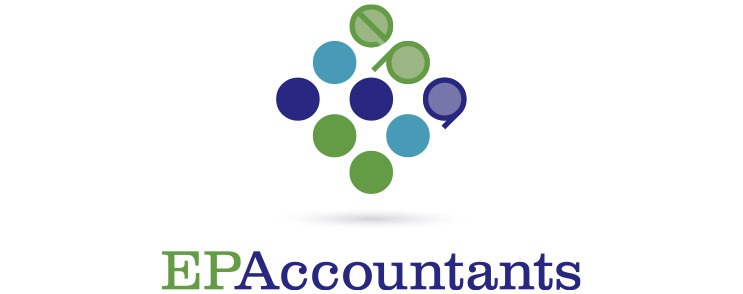The Prime Minister announced increases in National Insurance Contributions (NIC) of 1.25% from April 2022, to contribute to increases in the NHS and social care budgets.
The increases will apply to:
- Class 1 contributions (paid by employees). This is the NIC that is deducted from your earnings by your employer.
- Class 4 (paid by self-employed). These contributions are added to your annual Self-Assessment statement.
- Secondary Class 1 (paid by employers). Employer's NIC contributions are paid as part of the regular PAYE/NIC payments unless they are covered by the present £4,000 employment allowance.
This increase will need to be factored into employers' budgets from April 2022. Self-employed persons will not see the impact of the increase until their Self-Assessment for 2022-23 is completed.
From April 2023, these increases will be incorporated into a new Levy. Existing NICs reliefs to support employers will apply to the Levy. Companies employing apprentices under the age of 25, all people under the age of 21, veterans and employers in Freeports will not pay the Levy for these employees as long as their yearly gross earnings are less than £50,270, or £25,000 for new Freeport employees. The Levy will be administered by HMRC and collected by the current channels for NICs – Pay As You Earn and Income Tax Self-Assessment. The Levy, including the temporary NICs increase in 2022, will be legislated for shortly.



